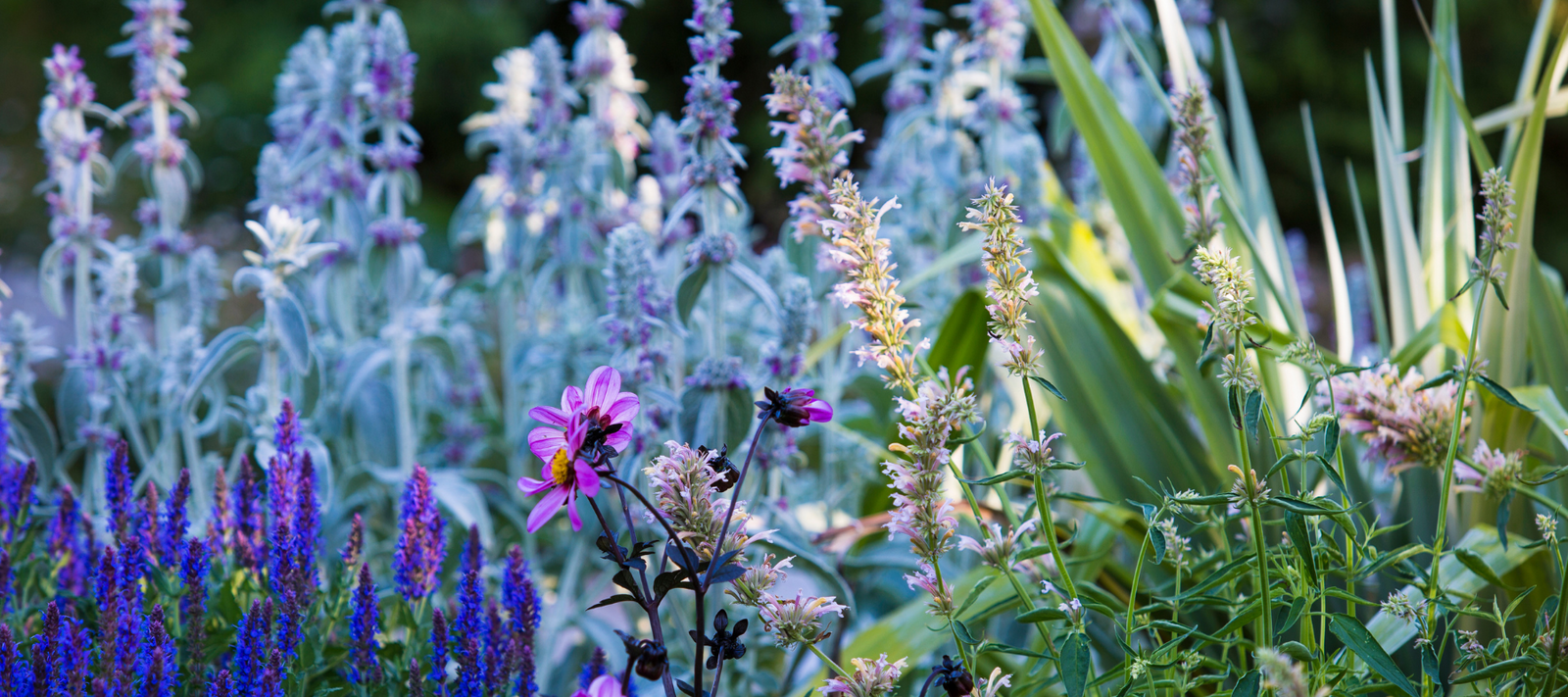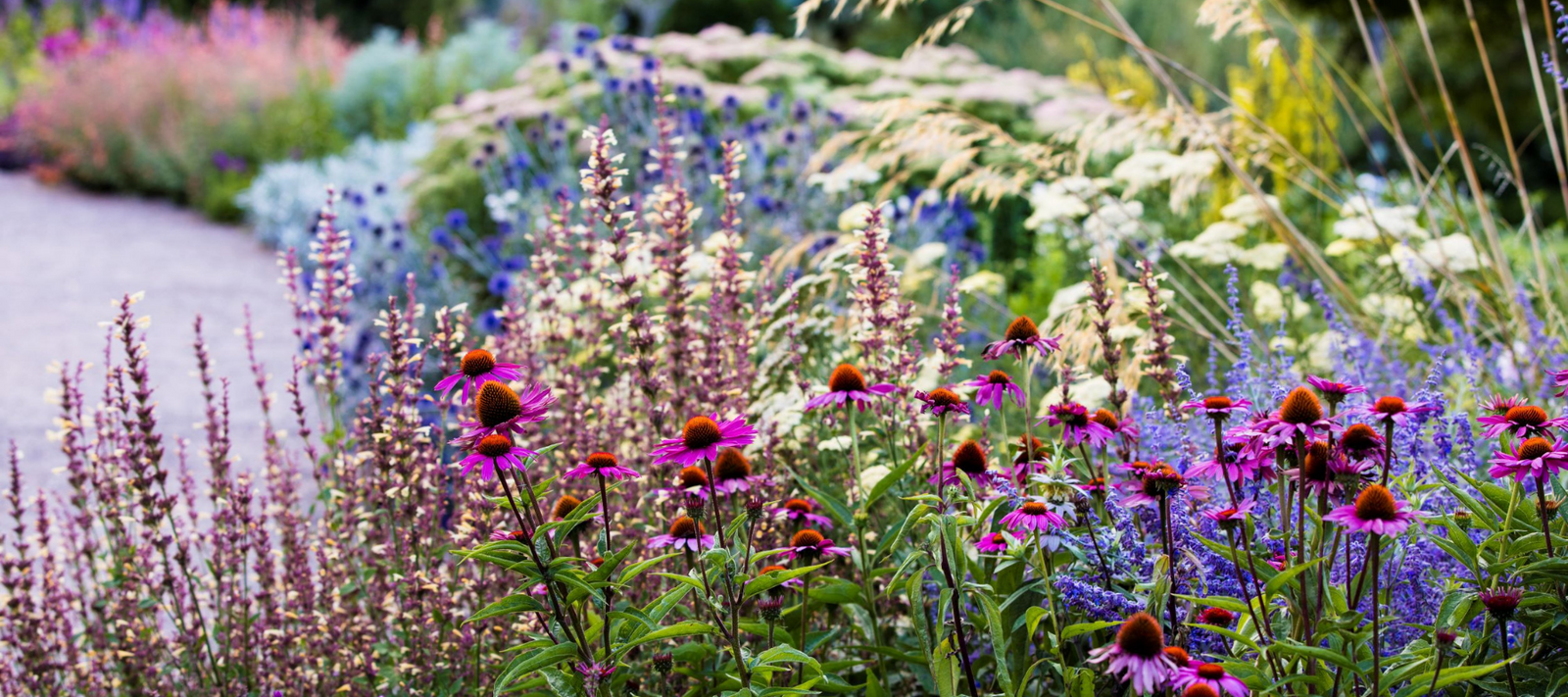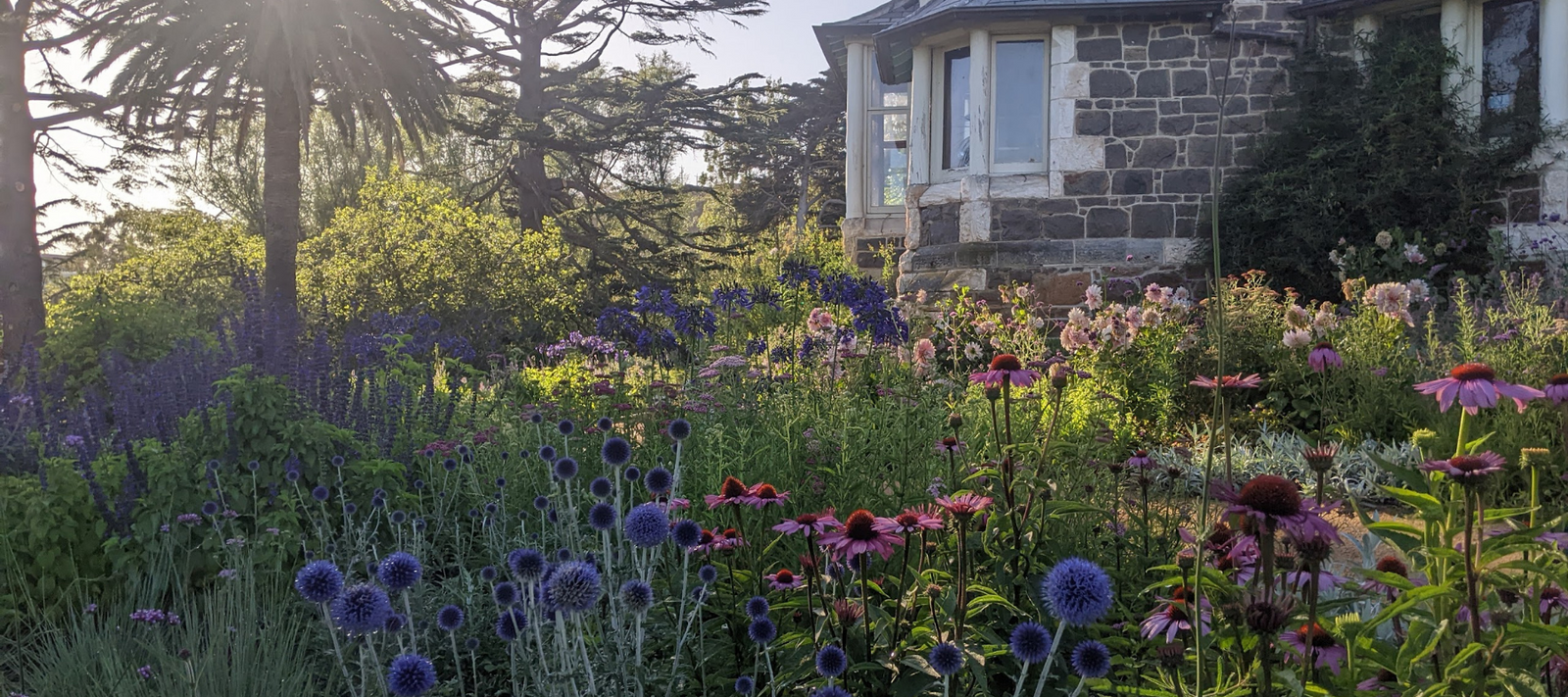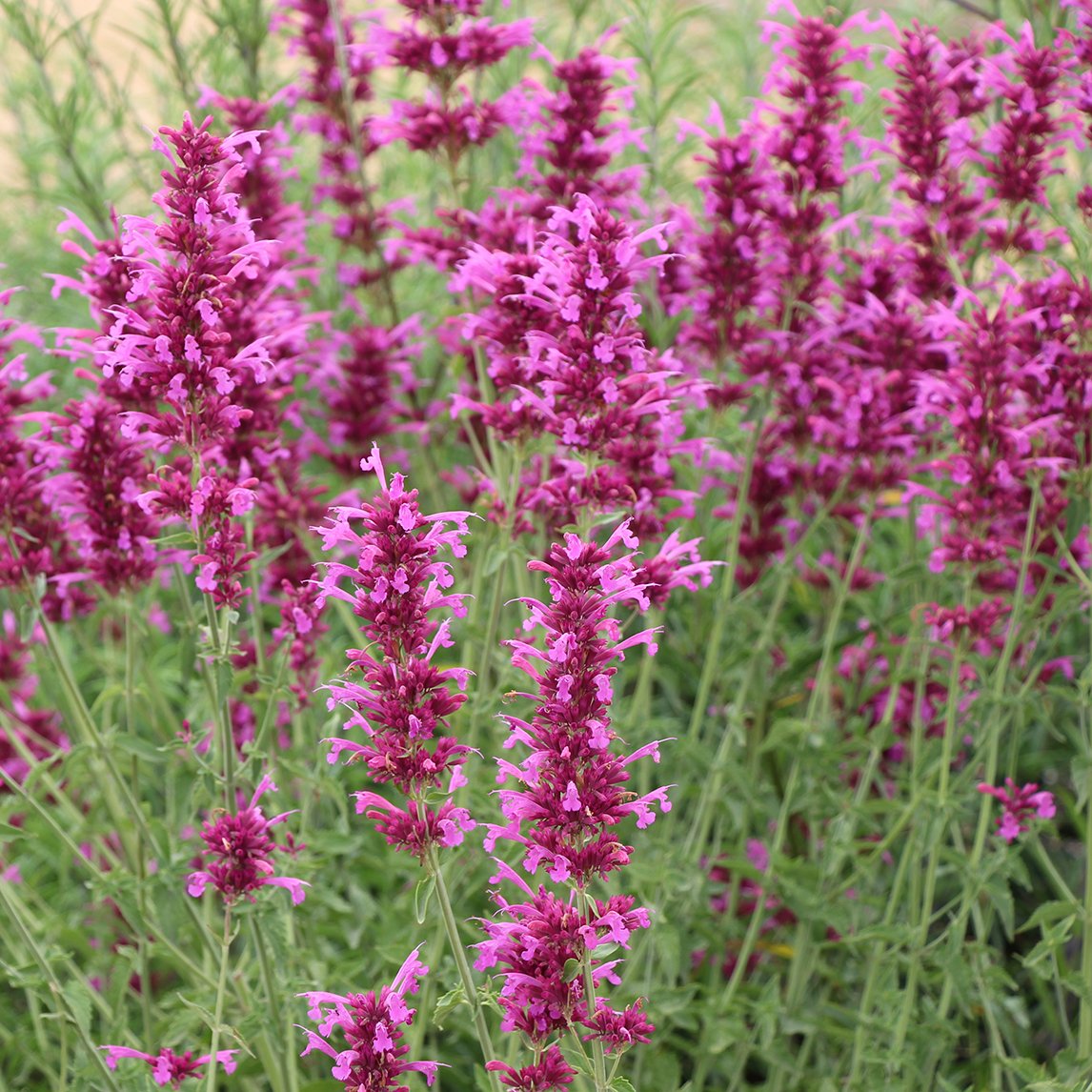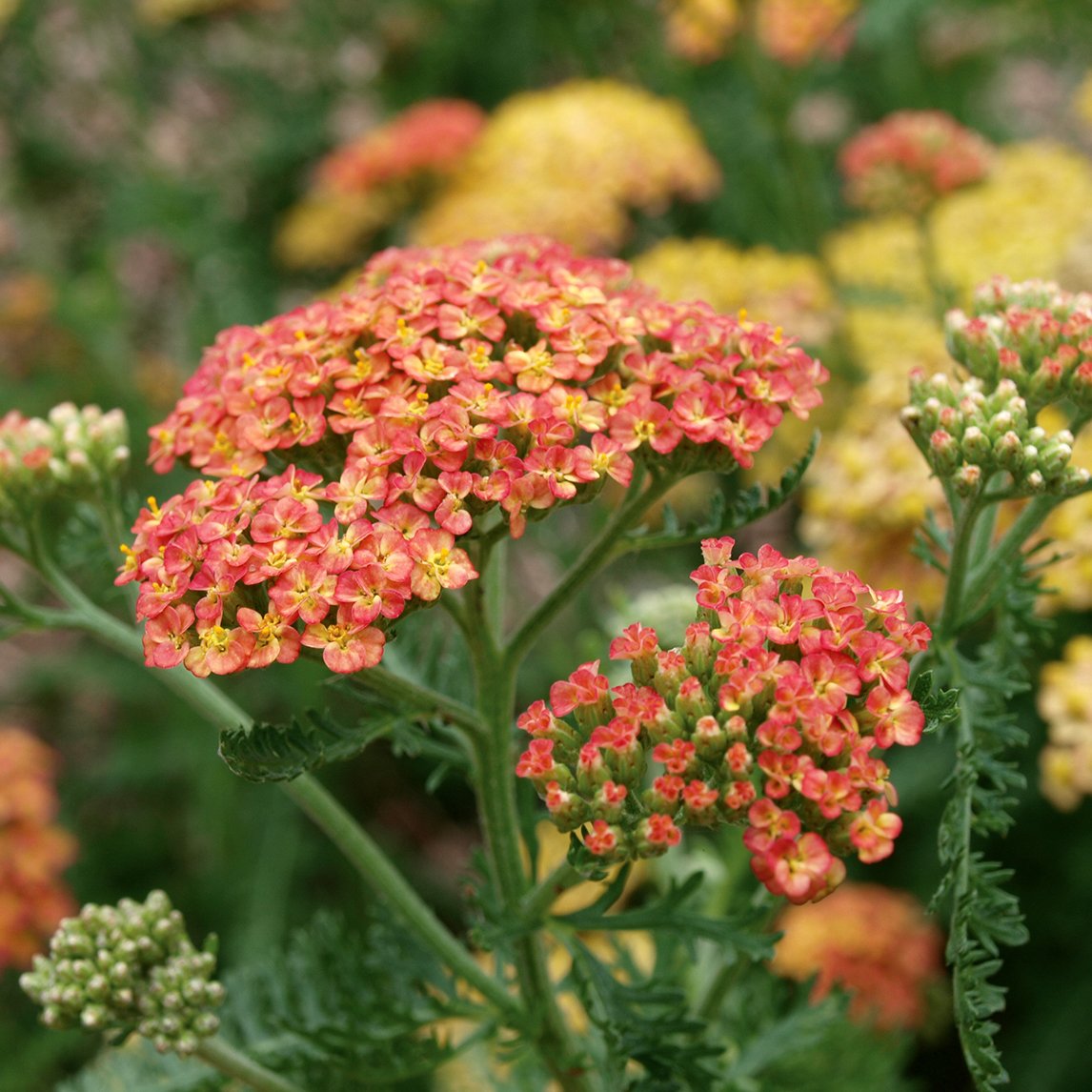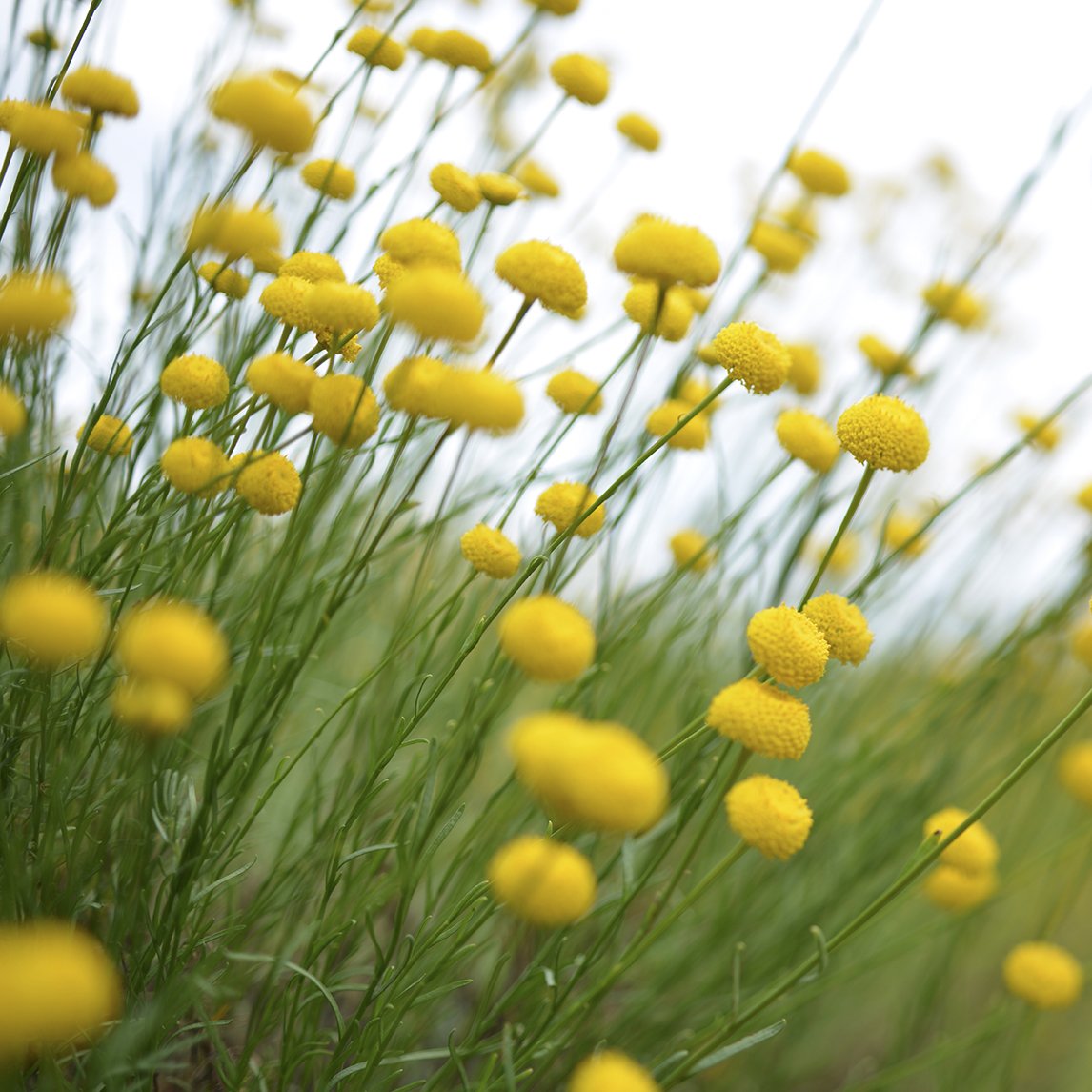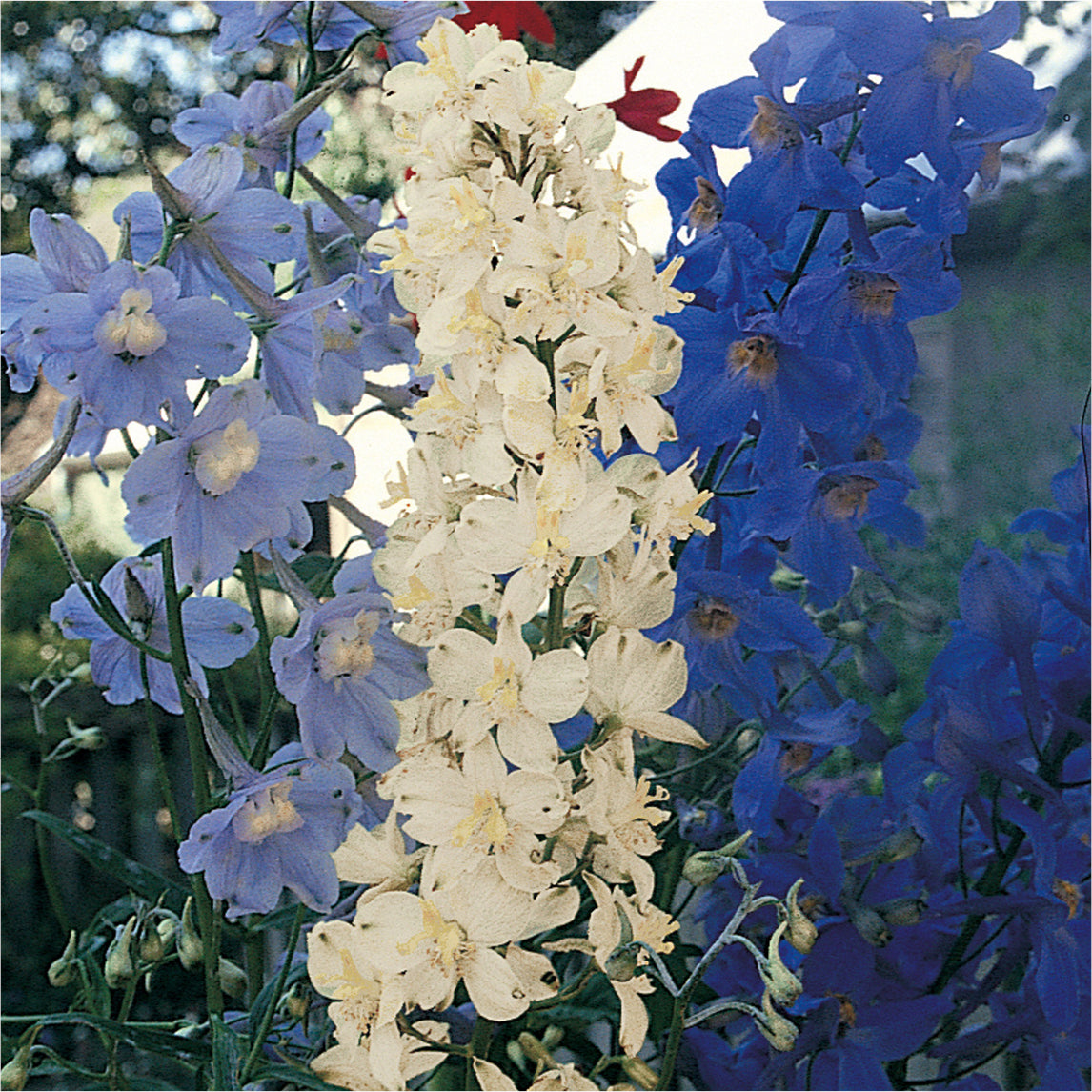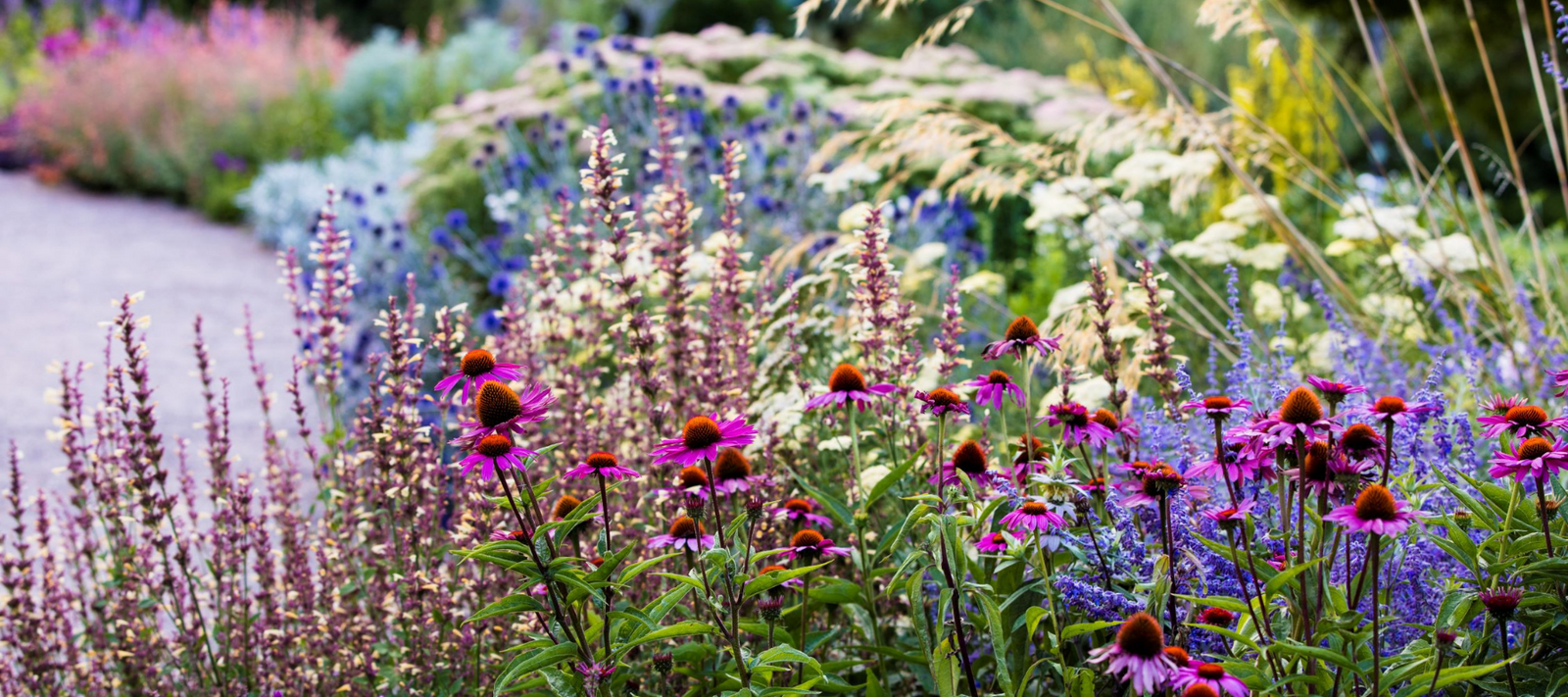
Clive explains the principles of “This goes with that”.
Never plant mixed colours
Japanese garden traditions are 1,300 years older than ours in Australia. They use form and foliage but colour is avoided — their favourite shrub, the Azalea, has its gaudy flowers removed and its green foliage turned into a green line.
By combining cool colours (cream, blue, pink and pastel yellow) and using grey as a linking colour, summer heat is cooled and the colours harmonise.
Hot colours of red, orange and yellow work well to lift our spirits in cool weather or under the overcast skies in the subtropics. Note that some plants, such as Lupin, work as mixed colours because they have vertical flowers separated by a void, and so don't clash.
Switch from bedding annuals to permanent perennials
Perennials expand horizontally so one Achillea can cover a metre spacing in one year, compared to 9 Pansies needed to cover the same area.
The roots of perennials grow deeper and survive drought better and the plants have outstanding see-through form. An ephemeral Petunia or Pansy will flower faster but die off earlier. These are one dimensional plants compared to perennials, most of which have both foliage and form.
It is important that you garden has outstanding shade
It's imperative that your garden provides at least 5-10°C of cooling because if its too hot to walk outside in summer all your creative planting will count for nought.
Trees and lawn transpire water and are the most important plants in your garden. These should cover at least 50% of your garden area.
Planting subtle perennials with good form and foliage
To create a summer border that looks interesting for seven months of the year, you need to select plants with contrasting foliage (i.e. shiny or dull) and alternate with mounding forms that contrast with verticals.
Perhaps 20% of your plantings will not have flowers at all, these plants knit the whole garden picture together, often with grey foliage that works well with pastel colours.







